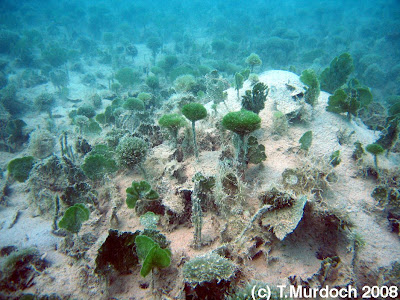BAMZ GIS day - hurrah for maps!

BAMZ hosted the local Bermuda GIS day on Monday, as part of World GIS day. Pictured are John Arthur, Mapping Officer; John Halkett, Land Surveyor; Alison Copeland, Bermuda Biodiversity Action Plan Coordinator; Mandy Shailer, GIS/Research Officer; Peter Hopkin, Senior Land Surveyor and Richard Lowry, Planner. Mandy Shailer, the GIS/Research Officer for the Department of Conservation Services, did a great job organizing the event. The public got to see the latest mapping technologies in use on land and in the water, and also got to have some yummy GIS cake - sweet!




